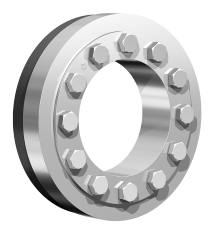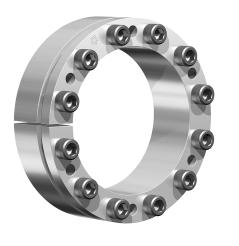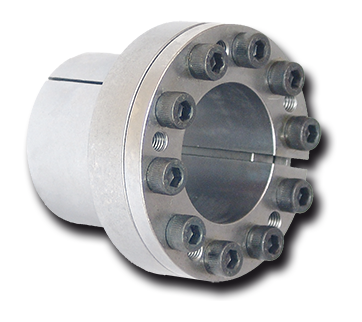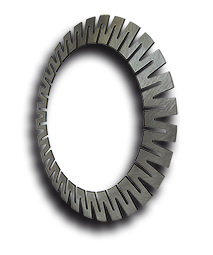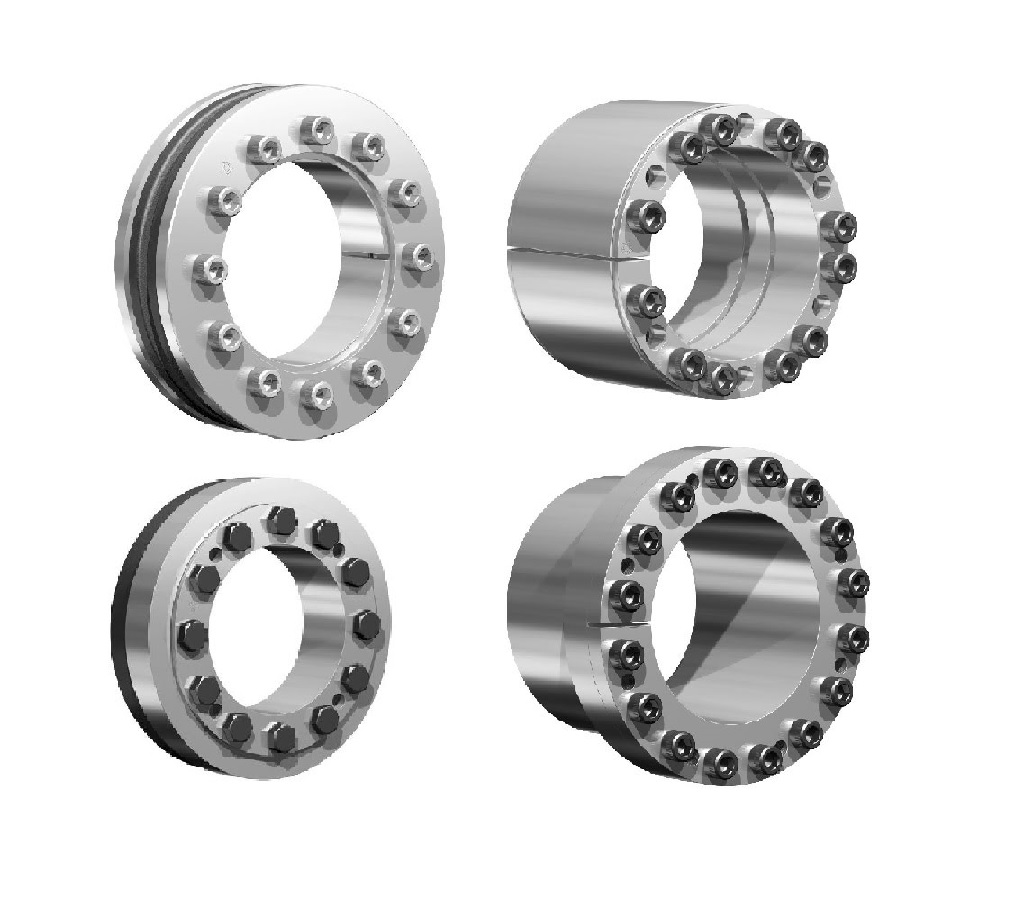
Keyless Locking Devices
Keyless locking devices create a mechanical interference fit with a uniform pressure distribution similar to that achieved through a shrink or press fit. They provide a true zero backlash shaft-to-hub connection with none of the operational drawbacks of keyways or splines.
In reciprocating applications, keyways tend to concentrate stresses around the key. We offer a wide range of keyless locking devices such as start discs, shrink discs, locking assemblies, locking elements, and more.
HVH Industrial works with manufacturers' specialized engineering teams to meet our customers' requirements and highest quality standards.
If you have any questions, write us via live chat, (one of our team members will answer your questions), give us a call, or send us a quote request. The HVH team is always ready to help you.
 1(866)577-4040
1(866)577-4040
or
Manufacturers
What is a Keyless Locking Device
A keyless locking device comprises a round bore that depends solely on the clamping force or set screw holding power to lock onto a round shaft. The locking assembly is installed in the hub and then mounted on the shaft. The locking assembly covers the entire circumference of the shaft and connects the shaft and the hub in a secure way.
Types of Keyless Locking Devices
The keyless connections are divided into internal and external locking devices called shrink discs.
Shrink DISCS
A shrink Disc is a flange-shaped, friction-locked shaft hub connecting a keyless locking device, a modern method for creating a mechanical shrink fit. It consists of either one or two thrust rings with tapered bores and a mating narrow inner ring. By tightening locking screws, the thrust rings are drawn together, compressing the inner ring and applying pressure to the outside of the hub, clamping it to the shaft. Thus the shrink disc is not in the load path. The torque can be transferred by force-locking on the joining surface between the shaft and the hub without an intermediate element.
Shrink Discs are categorized Into
- Two-part shrink disc
- Three-part shrink disc
Two-Part Shrink Disc
Two-part shrink discs are characterized by a flatter cone angle and transfer the necessary torque similarly to a taper interference fit. The cone angle is in the range of self-locking. The clearance compensation is not as much as with 3 part design, so tighter tolerances for the sleeves between the shaft and hub are required. To increase the pressure, sleeves are slit for smaller sizes. The assembly operation of the 2-piece shrink disk takes longer due to the flatter cone angle but is less sensitive to uneven assembly procedures.
Two-Part Shrink Disc by Ringfeder
Three-Part Shrink Disc
Three-part shrink discs are characterized by a steep double-cone inner ring and transfer the required torque similarly to a taper interference fit. This type is outside the range of self-locking. The assembly and disassembly are straightforward and quick. The device itself is not in the flow of forces. The distance between the flanges allows simple function checking. Due to the larger cone angle, the 3-part shrink disc has lower clamping travel while using the screw reaction forces for the rear disc.

Three-Part Shrink Disc by Ringspann
Internal Locking Devices
An internal locking device is a keyless shaft device that uses internal tapered mechanical locking wedges to lock shaft components onto a shaft. This mechanical interference fit employs screw tension in the Shaft Locking Device, which is converted into radial pressure by an inclined plane. This pressure expands the Shaft Locking Device to eliminate the hub and shaft gap. Internal locking devices are installed and removed as they slide easily onto the shaft. Also, they provide high torque transmission and create a zero-backlash connection because of the friction bond between the locking device and the hub.
There are many types of internal locking devices, but the main two types are :
- Self-Centered Locking Assemblies
- Locking Elements
Self-Centered Locking Assemblies
Self-centering locking assemblies have excellent concentricity and are very easy to dismantle. The products have a wide range of capabilities, including high radial loads, rotation speed, torque, axial hub positioning, etc. These locking assemblies are used in applications where it is necessary for good concentricity of mounted components, and hubs with straight-thru bores are used.

Self-Centered Locking Device by Ringfeder
Locking Elements
Locking elements are the most wear-friendly, maintenance-free, space-saving, and cost-effective design of friction-locked shaft-hub-connections. The locking elements consist of inner and outer taper rings, which interact to create a mechanical connection between the shaft and the mounted component. They are highly flexible in design and can be ideally adapted to a wide range of applications requiring reliable and effective transmission of low to medium torques and axial loads.

Locking Elements by Ringspann

